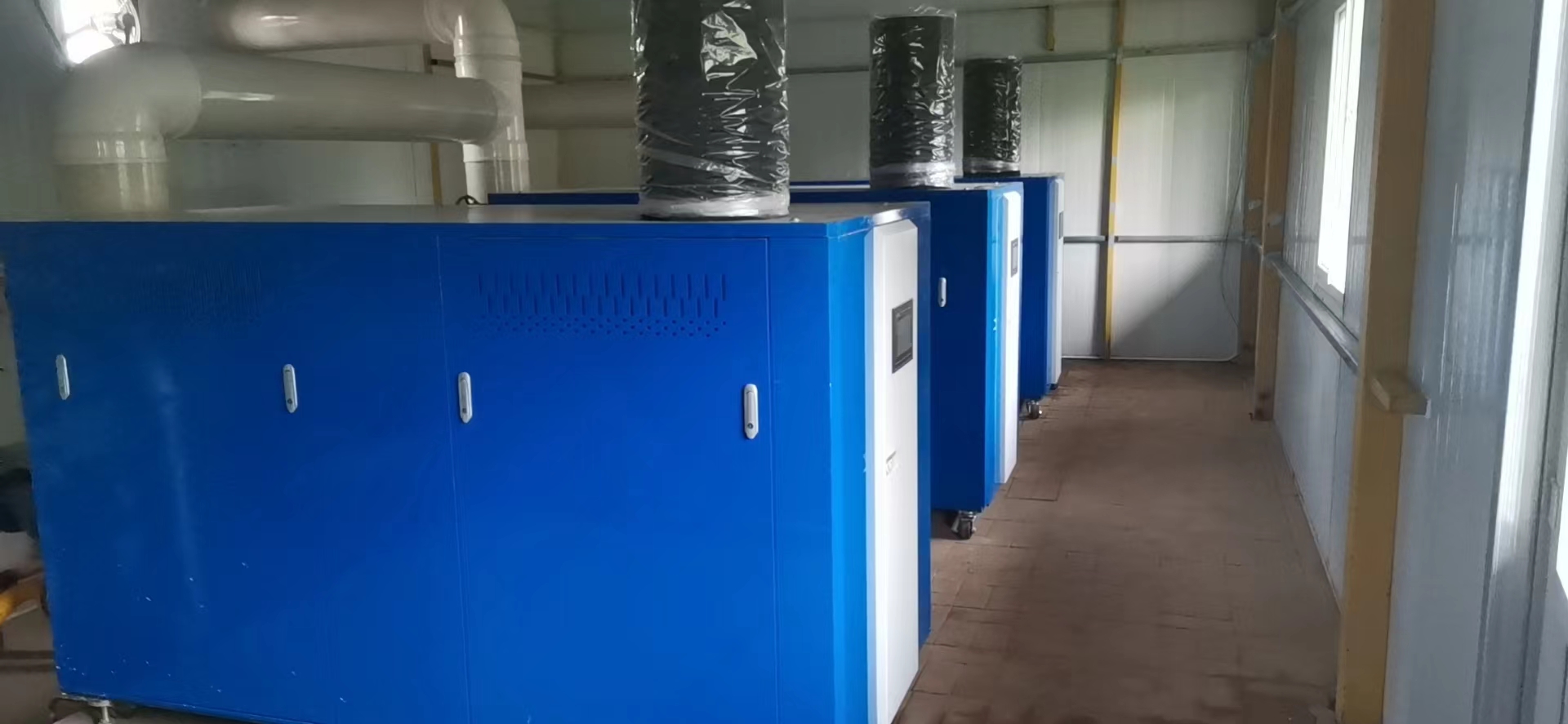- Afrikaans
- Albanian
- Amharic
- Arabic
- Armenian
- Azerbaijani
- Basque
- Belarusian
- Bengali
- Bosnian
- Bulgarian
- Catalan
- Cebuano
- China
- China (Taiwan)
- Corsican
- Croatian
- Czech
- Danish
- Dutch
- English
- Esperanto
- Estonian
- Finnish
- French
- Frisian
- Galician
- Georgian
- German
- Greek
- Gujarati
- Haitian Creole
- hausa
- hawaiian
- Hebrew
- Hindi
- Miao
- Hungarian
- Icelandic
- igbo
- Indonesian
- irish
- Italian
- Japanese
- Javanese
- Kannada
- kazakh
- Khmer
- Rwandese
- Korean
- Kurdish
- Kyrgyz
- Lao
- Latin
- Latvian
- Lithuanian
- Luxembourgish
- Macedonian
- Malgashi
- Malay
- Malayalam
- Maltese
- Maori
- Marathi
- Mongolian
- Myanmar
- Nepali
- Norwegian
- Norwegian
- Occitan
- Pashto
- Persian
- Polish
- Portuguese
- Punjabi
- Romanian
- Russian
- Samoan
- Scottish Gaelic
- Serbian
- Sesotho
- Shona
- Sindhi
- Sinhala
- Slovak
- Slovenian
- Somali
- Spanish
- Sundanese
- Swahili
- Swedish
- Tagalog
- Tajik
- Tamil
- Tatar
- Telugu
- Thai
- Turkish
- Turkmen
- Ukrainian
- Urdu
- Uighur
- Uzbek
- Vietnamese
- Welsh
- Bantu
- Yiddish
- Yoruba
- Zulu
نوفمبر . 22, 2024 13:55 Back to list
multiple pipe heat exchanger
Multiple Pipe Heat Exchanger An Overview
Heat exchangers are crucial components in various industrial applications, where they facilitate the transfer of thermal energy between two or more fluids. Among the several types of heat exchangers available, multiple pipe heat exchangers play a significant role due to their versatility, efficiency, and relatively simple design. This article delves into the characteristics, advantages, and applications of multiple pipe heat exchangers.
What is a Multiple Pipe Heat Exchanger?
A multiple pipe heat exchanger, also known as a multi-tube heat exchanger, consists of several pipes arranged concentrically or in parallel. Typically, one fluid flows through the outer pipe, while another fluid circulates through the inner pipes. This arrangement allows for a large surface area for heat transfer, enhancing the overall efficiency of the heat exchange process.
Design and Operation
The design of a multiple pipe heat exchanger includes various parameters such as the number of pipes, their diameter, length, and the materials used for construction. The choice of materials is critical, as they must withstand the operating temperatures and pressures involved in the process, as well as resist corrosion.
The operation of the multiple pipe heat exchanger can be classified into two main types counterflow and parallel flow. In a counterflow arrangement, the two fluids move in opposite directions, which maximizes the temperature difference between the fluids and enhances the heat transfer rate. In parallel flow, both fluids move in the same direction, which can result in a lower overall heat transfer efficiency but may be suitable for specific applications depending on design requirements.
Advantages of Multiple Pipe Heat Exchangers
1. High Efficiency Due to the large surface area available for heat transfer, multiple pipe heat exchangers are known for their high thermal efficiency, making them suitable for demanding applications where effective heat exchange is crucial.
2. Flexibility in Design The design of multiple pipe heat exchangers can be easily modified to suit specific process requirements. This feature allows engineers to customize the heat exchanger based on the materials being processed and the desired thermal output.
multiple pipe heat exchanger

3. Ease of Maintenance The straightforward construction of multiple pipe heat exchangers typically simplifies maintenance. Components can be accessed and replaced without extensive disassembly, thus reducing downtime and operational costs.
4. Scalability Multiple pipe heat exchangers can be scaled to accommodate varying workloads. This scalability enables industries to respond to changing demands without overhauling existing systems.
Applications
Multiple pipe heat exchangers are widely used in various industries, including
- Chemical Processing In chemical plants, these heat exchangers are employed to manage the heat generated during exothermic reactions or to recover heat from processes.
- Power Generation In power plants, they facilitate heat recovery from steam cycles, improving overall efficiency.
- HVAC Systems Multiple pipe heat exchangers are commonly used in heating, ventilation, and air-conditioning systems to maintain optimal temperatures in buildings.
- Food and Beverage The food industry uses these systems for pasteurization and cooling processes, ensuring the safety and quality of products.
Conclusion
In conclusion, multiple pipe heat exchangers serve an essential function in heat transfer applications across various industries. Their design flexibility, efficiency, and ease of maintenance make them a preferred choice for engineers and operators alike. As industries continue to focus on energy efficiency and sustainability, the role of multiple pipe heat exchangers will remain pivotal in optimizing thermal management processes, ultimately contributing to the overall performance and reliability of industrial systems.
-
8mm Thin-Walled Cast Steel Manhole Cover Pallet Bottom Ring | Durable
NewsAug.04,2025
-
Premium Cast Iron Water Main Pipe: Durable, Corrosion-Resistant
NewsAug.03,2025
-
Durable Cast Iron Water Mains | AI-Optimized Systems
NewsAug.02,2025
-
High-Efficiency Propane Boiler for Baseboard Heat | Save Energy
NewsAug.01,2025
-
Premium Source Suppliers for Various Gray Iron Castings
NewsJul.31,2025
-
Durable Cast Iron Water Main Pipes | Long-Lasting
NewsJul.31,2025


